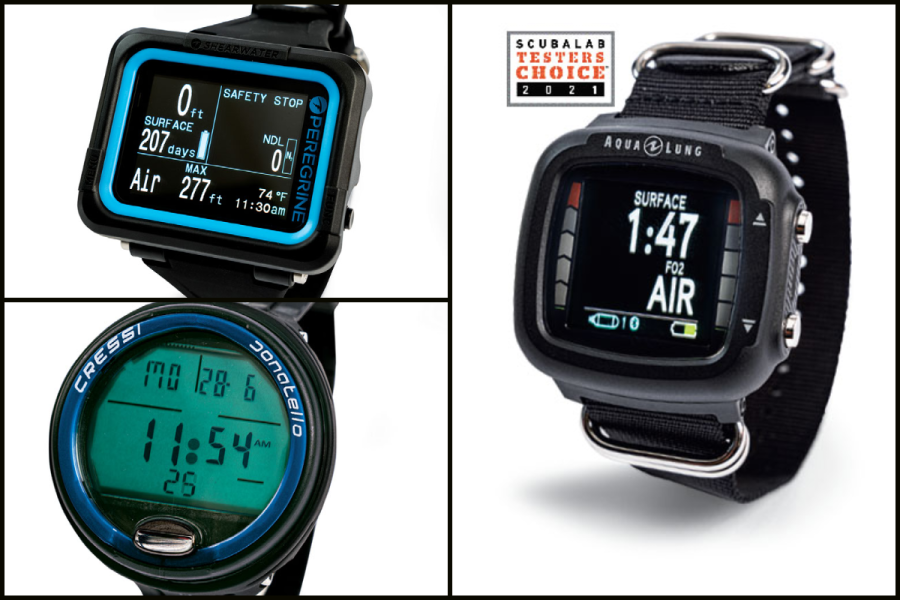Find what algorithm(s) the computer is running by reading the literature or google.How to find out if the algorithm is liberal?
If needed, there is plenty of info comparing the different algorithms online.
Welcome to ScubaBoard, the world's largest scuba diving community. Registration is not required to read the forums, but we encourage you to join. Joining has its benefits and enables you to participate in the discussions.
Benefits of registering include
Find what algorithm(s) the computer is running by reading the literature or google.How to find out if the algorithm is liberal?
Has anyone actually tested comps side by side, taking them down into the deep and waiting which one starts beeping 1st, which one beeps last?Find what algorithm(s) the computer is running by reading the literature or google.
If needed, there is plenty of info comparing the different algorithms online.
I know its not exactly what you mean, but that happens every time a group using different brands of computers goes for a dive.Has anyone actually tested comps side by side, taking them down into the deep and waiting which one starts beeping 1st, which one beeps last?
Most often folks run out of air sooner than that or the DM limits total time underwater. But OK, I'll keep an eye on that.I know its not exactly what you mean, but that happens every time a group using different brands of computers goes for a dive.
Daily dive guides most days can look at a persons wrist and know what will beep first and last.
+1 for Mares Puck Pro. My son and I have been diving them for years, and once we set it on the least conservative setting we've never felt hampered by it being too conservative. Also, everything I read before getting the Puck lead me to believe that the Puck was less conservative than Cressi Leonardo or Suunto.Another vote for mares puc pro. I used one for years. It's exactly what you've asked for with price and I always seemed to have plenty of time left on my NDL when other people were getting close (no idea what they were running).
There are many tests like this using pressure pots instead of dives. Scuba Diving magazine used to do them annually and even published the data.Has anyone actually tested comps side by side, taking them down into the deep and waiting which one starts beeping 1st, which one beeps last?
Scuba Diving Magazine's ScubaLab used to run 4 standard dive profiles in the Catalina Hyperbaric Unit each year for their computer review. It was very good, objective data and was important because it reflected a clean 1st dive and repetitive dives. This is a brief description of the testing:Has anyone actually tested comps side by side, taking them down into the deep and waiting which one starts beeping 1st, which one beeps last?

The algorithms are based on different decompression models so we know the math built into them and which are more conservative. The main ones in computers being based on the Buhlmann and RGBM models. If you're interested in that more here's a great starting point, but there are a lot of good articles out there.Has anyone actually tested comps side by side, taking them down into the deep and waiting which one starts beeping 1st, which one beeps last?
Thanks! I've read something like this about a year ago when I was looking for a new comp for my wife. Such reports are too vague, like " Mares, similar to Cressi and Suunto, uses the RGBM algorithm, which is pretty conservative" or "The Pelagic Z+ used in Aqualung computers is a proprietary algorithm developed by Dr. John E. Lewis..." So I believe that only side-by-side field tests give the reliable answer. But ones that I find like this one compare comps for selling bullet-points, like "easy to view display", "long battery time" or "configurable algorithm" and so on. Which are important points but give you no idea on the conservatism or liberalism of algorithms used.The algorithms are based on different decompression models so we know the math built into them and which are more conservative. The main ones in computers being based on the Buhlmann and RGBM models. If you're interested in that more here's a great starting point, but there are a lot of good articles out there.

